Americans are living in the fast lane, and many are fueling their frenzied lifestyles with energy drinks.
Consumer demand for energy drinks increased 60 percent between 2008 and 2012, according to Packaged Facts, a food and beverage market research firm. In 2012, sales of energy drinks and shots totaled more than $12.5 billion, and Packaged Facts estimates this figure to increase to $21.5 billion by 2017.
Products carrying the "energy" label include packaged drinks, shots, drink mixes and extra heavily caffeinated soft drinks. Most rely on large amounts of caffeine, along with sugar and other additives, to temporarily boost energy, explains Katherine Zeratsky, R.D., L.D., for the Mayo Clinic. The United States Anti-Doping Agency (USADA) suggests "stimulant drink" is a more appropriate name for this class of beverages.
In analyzing commonly used ingredients, the USADA found tyrosine and phenylalanine, which may interfere with medication; kola nut and guarana, which are sources of caffeine; yohimbe, which interacts with anti-depressants; and ma huang, which is a plant source of ephedra. Competitive athletes should pay special attention to energy drink ingredients, warns the USADA, as prohibited stimulants may appear under another name.
More: 4 Ways to Stay Awake Without Coffee
Relying on energy drinks for a dose of get-up-and-go may be fine once in a while, but regular consumption of these products can affect your health. Too much caffeine can cause nervousness, irritability, insomnia, increased heartbeat and elevated blood pressure.
More serious risks to consider include migraines, seizures and heart problems. The number of people receiving emergency treatment as a result of consuming energy drinks increased from 10,068 in 2007 to 20,783 in 2011, reported Medical News Today.
More: Top Foods That Boost and Sap Energy
If you struggle with low energy or you regularly feel fatigued, identifying the cause can be helpful in identifying effective, natural strategies. "Usually when people are feeling the need for an energy boost, it is due to a low-blood sugar or dehydration," says Mindy Black, a board-certified dietitian and exercise physiologist.
Blood sugars naturally drop 3 to 4 hours after a meal or 30 to 45 minutes after a high-sugar snack. That mid-afternoon energy slump that sends people scurrying to the vending machine for a candy bar or caffeinated drink is unavoidable.
- 1
- of
- 2
About the Author


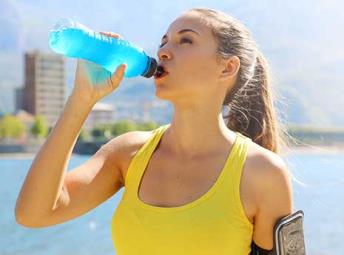
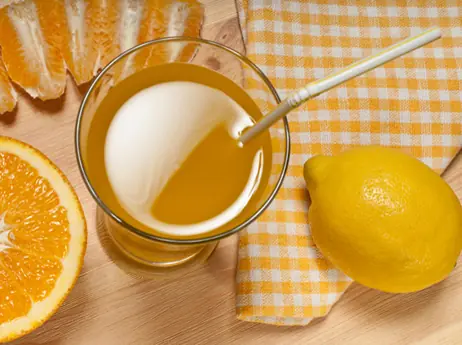
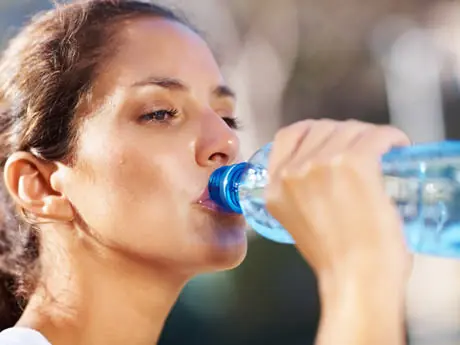
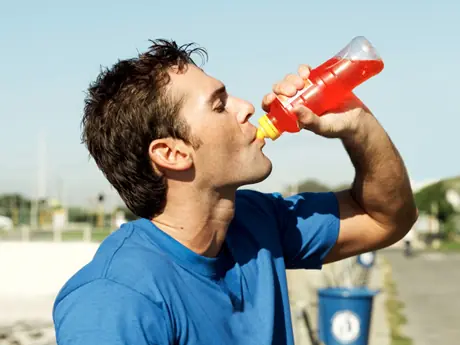
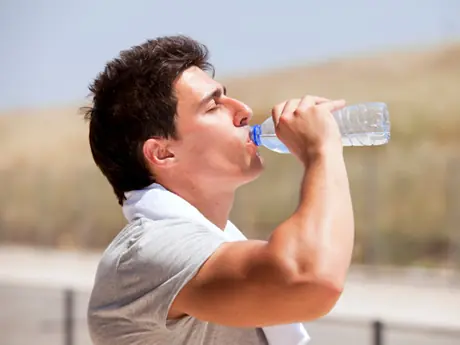
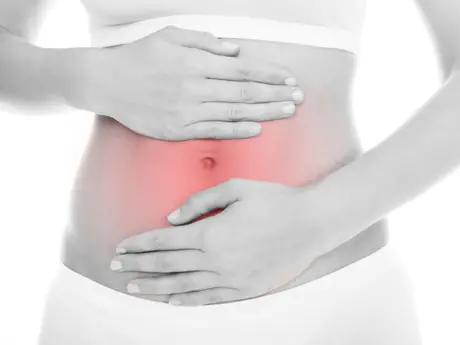
Discuss This Article